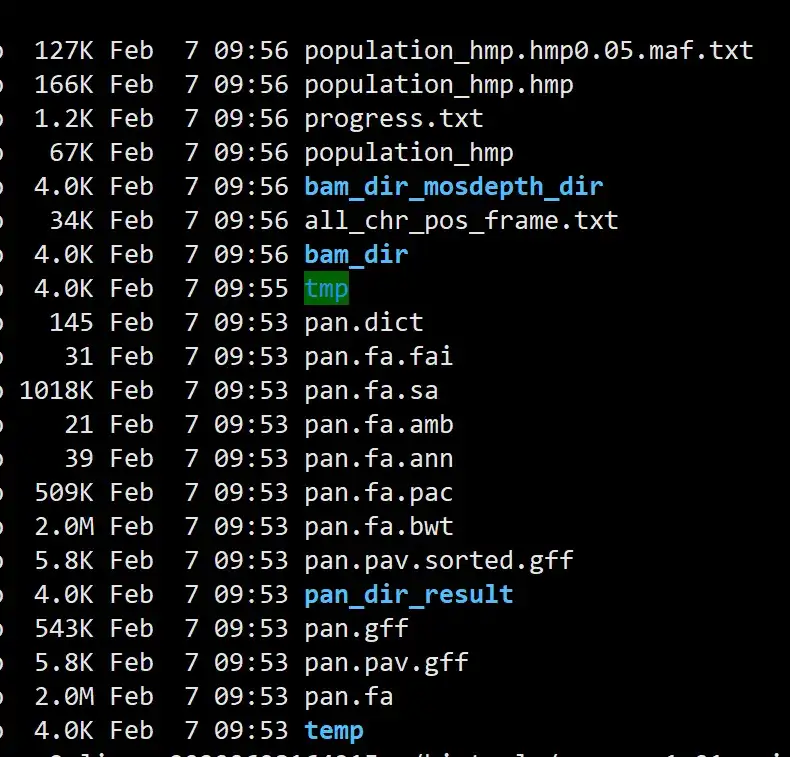Red-Black Trees: Balancing Act of Binary Search Tree
2023-09-17 23:20:13
In the vast landscape of data structures, binary search trees (BSTs) have long been a trusted tool for organizing and searching data efficiently. However, in situations where data distribution is skewed or unpredictable, the performance of BSTs can suffer due to structural imbalances. Red-black trees, an ingenious variation of BSTs, address this challenge with an elegant solution.
Balancing the Scales: The Red-Black Tree Structure
Red-black trees are designed to maintain a balance between the heights of their left and right subtrees, ensuring that the worst-case time complexity for search and insertion operations remains logarithmic. To achieve this balance, red-black trees enforce a set of properties:
- Each node is either red or black.
- The root node is always black.
- Every red node must have two black children.
- Every path from a node to any of its descendant leaves contains the same number of black nodes.
These properties prevent the tree from becoming unbalanced, even in the worst-case scenario, where data is inserted in a skewed manner.
Inserting and Deleting with Precision
Inserting and deleting nodes in a red-black tree involves a series of transformations that maintain the tree's balance and properties. These operations are more complex than in a standard BST but guarantee that the tree remains balanced after each modification.
Practical Applications: Where Red-Black Trees Shine
Red-black trees are a mainstay in various applications where maintaining a balanced data structure is crucial:
- Databases: Red-black trees are commonly used in databases to efficiently index and retrieve data. Their balanced structure ensures fast search operations, even for large datasets.
- Graphics: In computer graphics, red-black trees are employed for managing spatial data structures such as quadtrees and kd-trees. Their ability to efficiently organize and search points in space makes them invaluable for applications like ray tracing and collision detection.
- Networking: Red-black trees find their place in networking as well, where they are used in routing tables to maintain efficient routing of network traffic. Their balanced structure ensures that the optimal path to a destination is found quickly.
The Balancing Act: Comparison with AVL Trees
Red-black trees share similarities with AVL trees, another balanced binary search tree variant. Both structures maintain balance by enforcing specific properties on their nodes. However, there are subtle differences between the two:
- Balancing Criteria: Red-black trees use a simpler balancing criterion based on the number of black nodes along each path, while AVL trees maintain a more stringent balance factor for each node.
- Insertion and Deletion Complexity: Insertion and deletion operations in red-black trees are generally more efficient than in AVL trees, making them a better choice for applications that require frequent updates.
Conclusion: Red-Black Trees - A Balancing Force in Data Structures
Red-black trees stand as a testament to the ingenuity of data structure design. Their ability to maintain balance while efficiently supporting search and insertion operations makes them a powerful tool for various applications. Whether it's managing data in databases, organizing spatial data in graphics, or routing network traffic, red-black trees continue to be a reliable and efficient choice for organizing and retrieving data.





